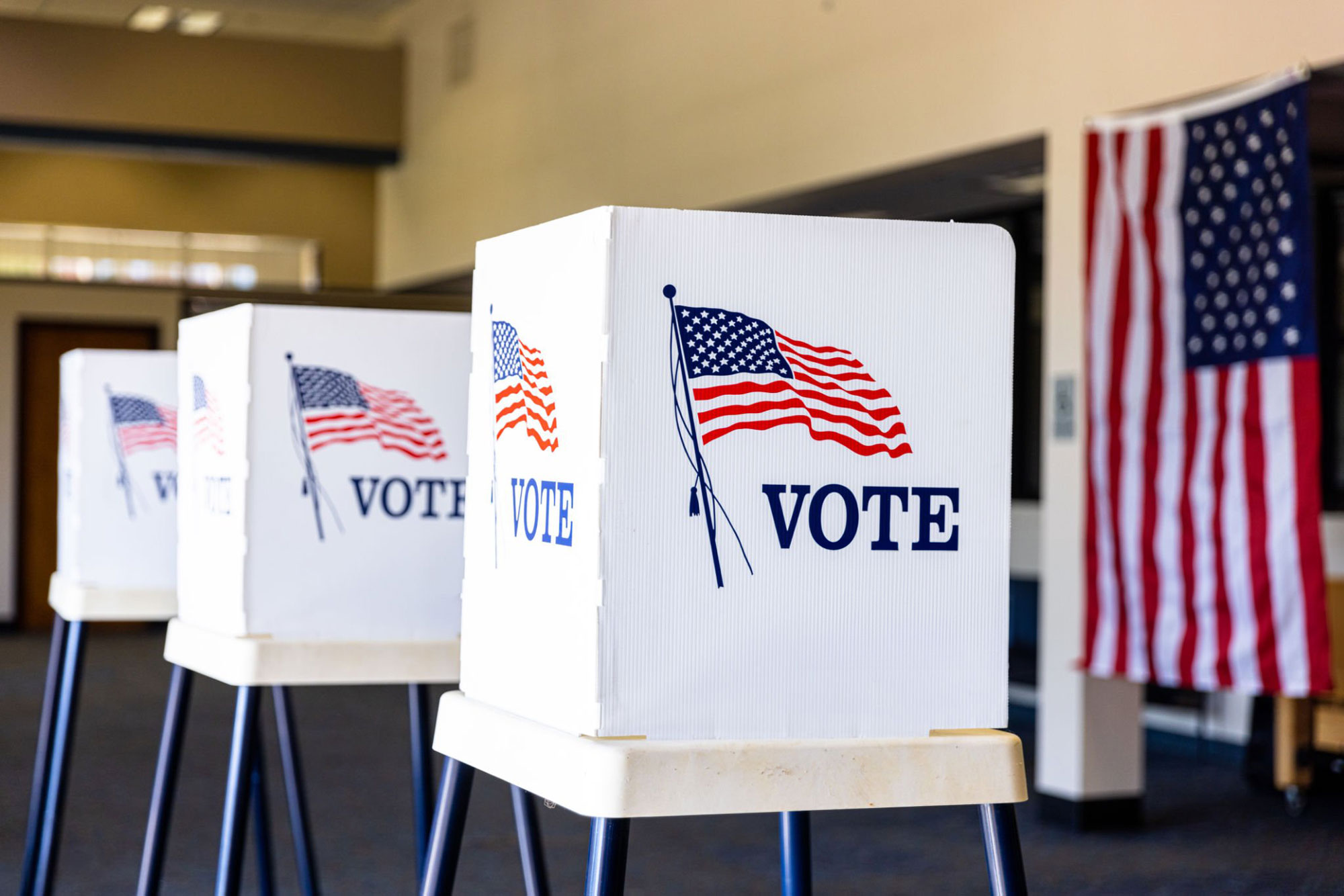Trade Tensions and Market Volatility
Are we in a trade war, and what does it mean for my investments? Several of our clients have asked us this lately. The short answer – we have an escalating trade disagreement that is problematic for both China and the US.
Our current administration’s advocating for change to the terms of trading between the US and China has been based on the grounds that the US is a net loser within the economic relationship with China. More specifically, the administration has sought to keep China from allowing its currency to devalue relative to the US dollar, making products made in the US more cost-competitive with those made in China. We make no political judgment on this policy; the purpose of this article is to provide you with a broader note with our analysis.
So, what is a tariff? A tariff is an import duty or tax that is paid by the importing entity to the government which imposes the tariff. For example, if ABC manufacturing company from Cheyenne, WY wants to import a ton of manufactured steel cable from Shenzhen, China, it now needs to pay a 25% tariff (the current rate on steel) to the US government. When ABC makes this purchase, it can either absorb the cost directly or pass it along to the end customer who purchases the finished product that was made with the cable. The same would happen with XYZ food company from Shenzhen who wants to import a ton of pork bellies from Cheyenne, WY for its restaurant customers. In both cases, ABC or XYZ company can avoid the tariffs by electing to purchase from another supplier in a country that is not subject to the tariff, or find a local supplier instead. However, it takes time for supply chains to be built, which makes quick changes challenging.
The administration’s preferred outcome would be for US companies to find new domestic suppliers; instead we are seeing some inflation in the price of goods covered by the tariffs as the costs are being passed on to the end-user.
Since announcing the first round of tariffs on Chinese goods imported into the US back in March of 2018, there have been multiple escalations of the types of trade goods subject to tariffs; the most recent escalation occurred last Friday, August 23rd. There are now tariffs in place or scheduled to be in place by the end of 2019 on 90% of Chinese goods imported into the US, and on 70% of US goods imported into China.
 August 23rd AP
August 23rd AP
So what does this all mean?
We have been noticing more volatility in financial markets coinciding with the announcements of tariff actions. We expect that this will continue until we reach a resolution. Both sides are seeking an outcome that allows them to claim victory and achieve some measure of policy changes. What form might this outcome take? We expect China may make concessions on some of the intellectual property policies for US companies, and the US may remove some or all of the tariffs enacted as well as withdraw their complaint to the World Trade Organization that accused China of being a currency manipulator.
While we believe this is likely the outcome, we have no idea how long it will take to get there, and we anticipate additional volatility in the weeks and months ahead as more news is released about the negotiations and additional tariffs. There is a chance that we may fail to get a near-term resolution, resulting in a larger and longer trade war with protectionist trade policies on both sides.
These are all reasons that we manage highly diversified portfolios that match your unique risk tolerance and provide access to cash flow and liquidity in any environment. If you have specific questions or would like to discuss our thoughts on the current trade tensions further, please reach out. We are here for you!
Have any questions? We’re here to help!
{{cta(‘b98204c7-0e0e-4d3b-895d-e54ef00e4f97’)}}
Share this
Build a Resilient Retirement
Don’t wait—download our essential retirement guide and start planning for a secure future.

Achieve Your Retirement Goals
Get personalized advice to meet your retirement goals. Book your call with Destiny Capital now.



